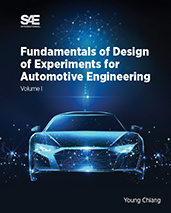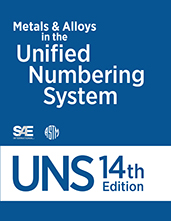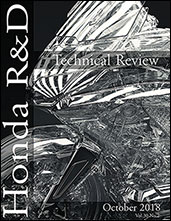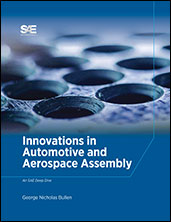Book

Fundamentals of Design of Experiments for Automotive Engineering Volume I
2023-11-28
In a world where innovation and sustainability are paramount, Fundamentals of Design of Experiments for Automotive Engineering: Volume I serves as a definitive guide to harnessing the power of statistical thinking in product development. As first of four volumes in SAE International’s DOE for Product Reliability Growth series, this book presents a practical, application-focused approach by emphasizing DOE as a dynamic tool for automotive engineers. It showcases real-world examples, demonstrating how process improvements and system optimizations can significantly enhance product reliability. The author, Young Chiang, leverages extensive product development expertise to present a comprehensive process that ensures product performance and reliability throughout its entire lifecycle. Whether individuals are involved in research, design, testing, manufacturing, or marketing, this essential reference equips them with the skills needed to excel in their respective roles.



















